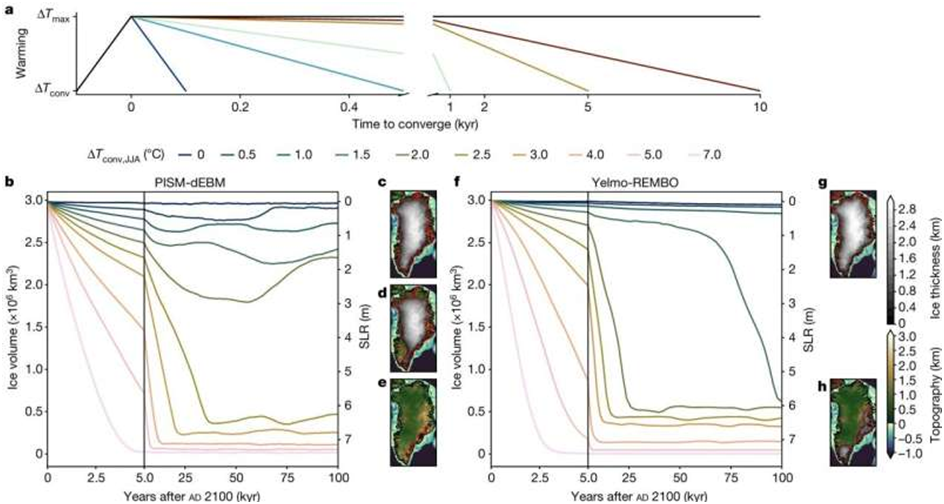Ocean Mapping

Ocean Mapping It's crazy to think that we don't have a complete picture of the planet," a researcher involved in a project to map the world's oceans by 2030 told Live Science. Humans have explored an incredible variety of strange and harsh environments - from the frozen surface of Antarctica to the unforgiving surface of the moon. But there may be one place right under our noses that holds a complete mystery: the bottom of the ocean. Most of the deep sea has not been seen by human eyes or perhaps mapped as it should be, and in fact the great fathers of the sea have not been found. So how many tons of ocean have we explored? It depends on how you define "find yourself". The first step of exploration is mapping — truly plotting out the shape of the seafloor, Vicki Ferrini, a geoscientist at Columbia Un...








